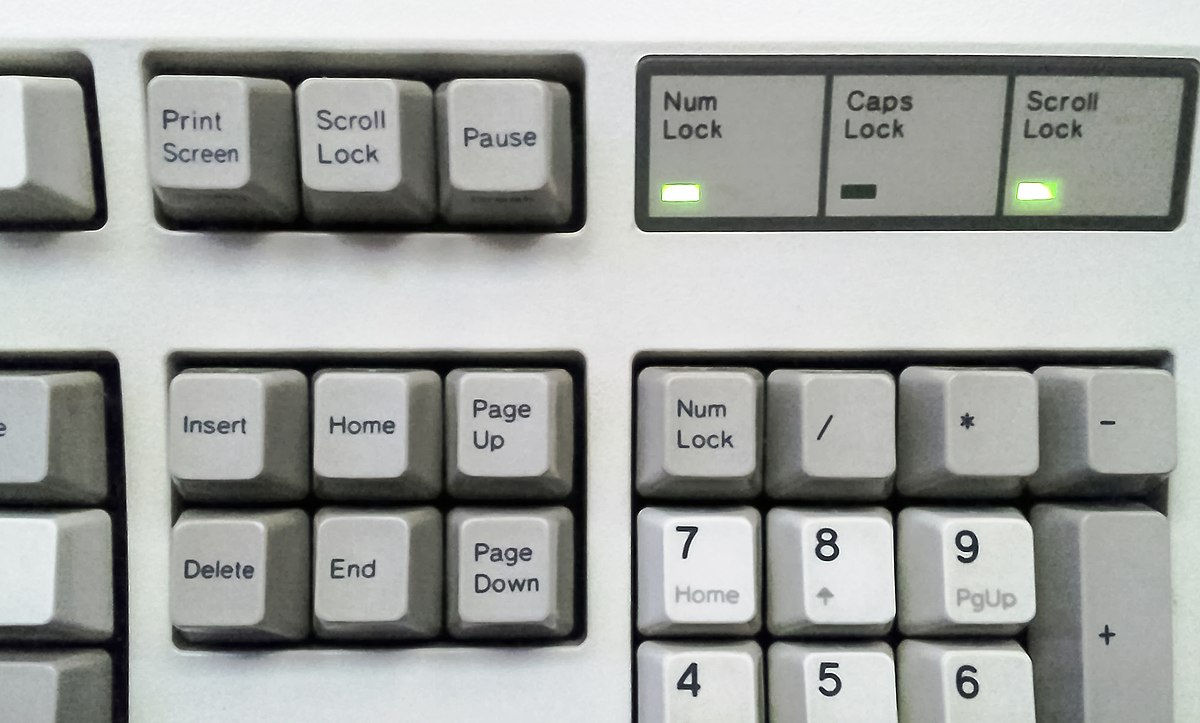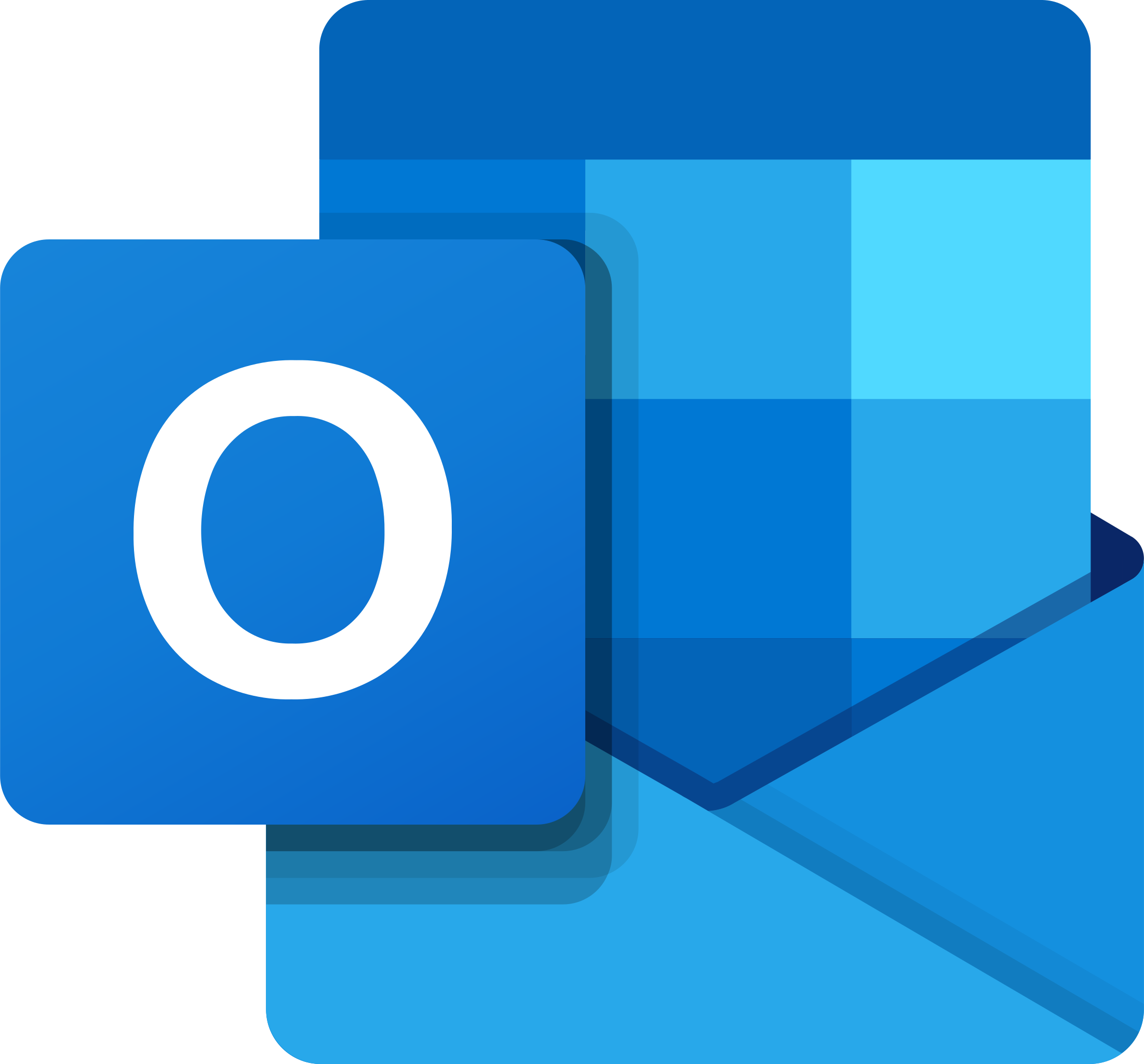MacBook Pro Stuck Loading Screen – Fix Without Data Loss
Are you experiencing a MacBook Pro stuck loading screen? Learn how to fix it without losing any data.
Understanding the Causes of a Stuck Loading Screen
The causes of a stuck loading screen on a MacBook Pro can vary, but some common reasons include software issues, hardware problems, or system errors. One possible cause is a corrupted macOS installation or a malfunctioning software application that is preventing the system from booting properly.
Software-related issues can be resolved by booting into Safe Mode and running Disk Utility to repair any disk errors. If you suspect a specific application is causing the problem, try uninstalling or updating it to see if that resolves the issue.
Hardware-related issues may be related to a malfunctioning hard disk drive or peripheral device. Disconnect any external devices, such as USB hubs or printers, and try booting the MacBook Pro again to see if the loading screen progresses.
If the loading screen is still stuck, it could be due to a system error or a corrupted non-volatile memory. In this case, you may need to consider reinstalling macOS or restoring from a backup to resolve the issue.
It’s important to note that troubleshooting a stuck loading screen should be done carefully to avoid any potential data loss. Always ensure that you have a backup of your important files before attempting any fixes to prevent any potential data loss.
Disconnect Peripherals and Restart Your Mac
To fix your MacBook Pro stuck loading screen without data loss, one of the first steps you can take is to disconnect any peripherals connected to your Mac. This includes USB hubs, external hard drives, printers, and any other devices.
Shut down your Mac and then restart it. This can help to clear any issues that may be causing the loading screen problem.
After disconnecting peripherals and restarting your Mac, if the loading screen issue persists, you may need to explore other troubleshooting methods. This could include booting your Mac in safe mode or using Disk Utility to check for any disk errors.
By disconnecting peripherals and restarting your Mac, you can eliminate any potential conflicts caused by external devices and troubleshoot the loading screen issue effectively.
Reboot in Safe Mode and Other Startup Options
- Reboot in Safe Mode:
- Shut down your MacBook Pro.
- Press the power button to turn on your MacBook Pro.
- Immediately press and hold the Shift key.
- Release the Shift key when the login window appears.

- Log in to your MacBook Pro.
- Other Startup Options:
- Shut down your MacBook Pro.
- Press the power button to turn on your MacBook Pro.
- Immediately press and hold the Option key.
- Select the startup disk with the operating system you want to use, then click the arrow below the disk’s icon.
Resetting SMC and NVRAM/PRAM
- Shut down your MacBook Pro.
- Press and hold the Shift + Control + Option + Power keys for 10 seconds.
- Release the keys and power on your MacBook Pro.
Resetting NVRAM/PRAM
- Shut down your MacBook Pro.
- Press the Power button, then immediately press and hold Command + Option + P + R keys.
- Hold the keys until you hear the startup chime for the second time, then release the keys.
Repairing the Startup Disk and Reinstalling macOS
If your MacBook Pro is stuck on the loading screen, you may need to repair the startup disk and reinstall macOS. To repair the startup disk, start by restarting your MacBook and holding down Command + R until the Apple logo appears. This will boot your MacBook into Recovery mode.
Once in Recovery mode, select “Disk Utility” and then choose your startup disk. Click on “First Aid” and let the process run. This will repair any issues with the disk that may be causing the loading screen problem.
After repairing the startup disk, you may need to reinstall macOS. To do this, go back to the main menu in Recovery mode and select “Reinstall macOS.” Follow the on-screen instructions to reinstall the operating system.
It’s important to note that reinstalling macOS may result in some data loss, so it’s always a good idea to back up your important files before proceeding with this step.
Once the reinstallation is complete, restart your MacBook and see if the loading screen issue has been resolved. If not, you may need to consider seeking professional help or further troubleshooting options.
Data Recovery Methods for Non-Booting Macs
| Method | Description |
|---|---|
| Use Target Disk Mode | This method allows you to connect your non-booting MacBook Pro to another Mac as an external hard drive, allowing you to access and recover your data. |
| Boot from an External Drive | Create a bootable external drive with macOS and use it to boot your non-booting MacBook Pro. You can then access and recover your data from the internal drive. |
| Use Data Recovery Software | There are various data recovery software programs available that can be used to recover data from a non-booting Mac. These programs can be run from a bootable external drive. |
| Seek Professional Data Recovery Services | If the above methods do not work, you may need to seek the assistance of professional data recovery services to recover your data from the non-booting MacBook Pro. |



